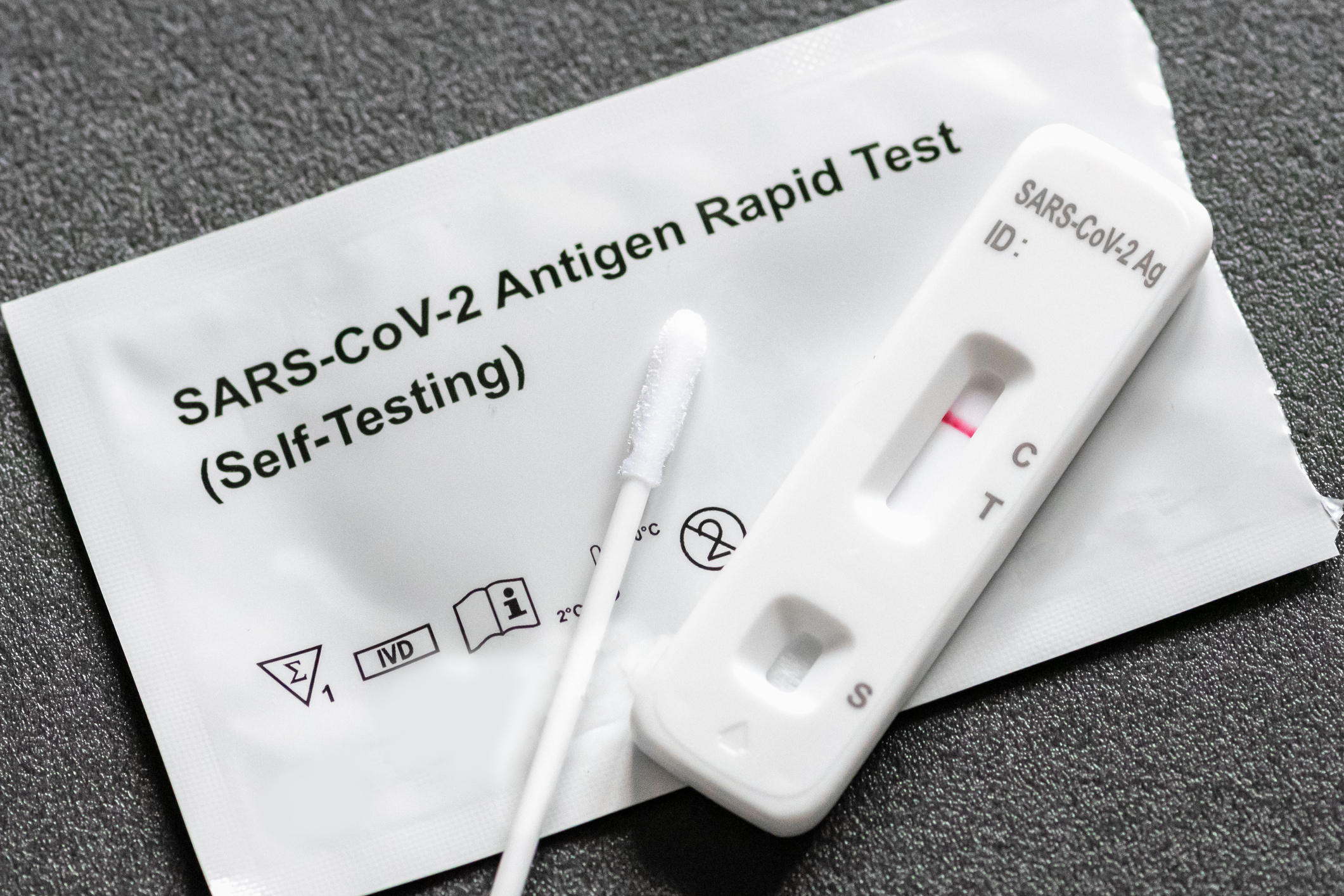Background
Literature Study
As technology advances further, leading researchers and scientists have continually developed new technologies to counter emerging viral diseases and illnesses. These technologies have been fundamental in preventing the spread of viral illnesses especially in densely populated areas by providing a means of detecting carriers before they are able to come into contact with other individuals. The following section of this report will focus on discussing various technologies that have been implemented in the past and how they compare to the project developed for ECE 499 in terms of various metrics such as cost, ease of implementation, etc.
DNA Sequencing
DNA sequencing was discovered in the late 70’s and it can be defined by the process of determining the order of bases in a human genome
and has been used in technologies to detect viral diseases such as MinION. The MinION device (seen in the figure below) is a small
portable tool the size of a flash drive that has the capabilities to extract DNA from blood samples from a suspected carrier of a disease.
The device then runs the DNA sequencing procedure in real time and can generate results within an hour. After the device has finished
gathering data from the gathered DNA from suspected carriers, a specialist is then needed to analyze the results in a computer by inspecting
the constructed DNA sequences by the MinION to determine if the suspected carrier does indeed possess a viral disease.

A major advantage of using this device is that it uses DNA sequencing, which is a highly advanced medical tactic that can result in a 99% accuracy. However, a disadvantage of this device is that it required a relatively long time to gather the data (approximately 1 hour), which would make it difficult to deploy in an area with high population density. Furthermore, this device is relatively costly to manufacture and the price for each unit can go upwards of $1000.
Rapid Antigen Test
Another widely used device to detect viral diseases is the Rapid Antigen Detection Test (or more commonly known as a rapid test).
This technology has been continually researched since the early 1980’s during the HIV epidemic, but this technology has risen in popularity
during the Covid-19 pandemic. This device is a small compact plastic strip with two indicators, one indicator is bound with a SARS-CoV-2
protein and the second indicator is bound to a control antigen to serve as a control indicator.

A swab is then taken from the suspected carrier and the sample collected is passed through a tiny slot in the rapid test strip which allows the liquid containing the antigen to flow through the device, binding to the indicators and displaying whether a person is indeed a carrier of the viral disease. This was a popular choice among establishments and governments to identify potential carriers due to a number of factors.
Summary
To summarize, compared to the available market solutions such as the MinION and the Rapid Antigen Detection Test, it is evident that the
A.T.T has the potential to perform better in several aspects. One notable advantage of the A.T.T is its ability to produce instantaneous
results compared to other market solutions, as it only requires the user to stand within view of the camera and the device uses an infrared
laser to capture the user’s temperature.
Another overall advantage this device has is its ease of use, since this device functions autonomously and does not require a complex
procedure to be operated. This is a significant advantage over the MinION and the rapid test since the MinION requires a trained operator
to be used, and although the rapid test can be operated by any individual, it still requires a precise set of steps that must be followed.
A final advantage that the A.T.T has over other solutions is its low cost to produce, since the device consists mainly of readily available
components in the market such as a Raspberry Pi, servos and other sensors. Due to the aforementioned factors, this justifies that the A.T.T
has the potential to provide a better solution than what is currently offered in the market.
Social Impact and Targeted Demographic
The social impact of this project includes the improved health and welfare of communities due to better disease protection. However, if this design does not work correctly, it has the potential to encourage the spread of illness. As a result, some relevant principles from the code of ethics of EGBC for this design are the first and sixth points. To hold paramount the safety and health of the public as well as providing accurate information to individuals. To uphold these principles, the information on human temperature must be correct so as to maintain the public’s safety.
The targeted demographic and user base includes locations of high and constantly moving population density that can include hospitals, airports, schools, and public libraries. This technology would also add value to any closed indoor space but is generally more effective for places that experience a constant stream of people. With social distancing being highly improbable and ineffective to properly follow in cramped spaces such as airplanes and public transport, accurate temperature tracking can help mitigate the spread of diseases.
